20 Biases Affecting Decision Making in Product
by Catherine Louis
We’ve recently learned that readers of our blog posts are interested in learning more about biases affecting the decisions that product people are making and are used in the marketing and advertising of our products. What we’ve decided to do is list the top 20 we see happening, and go deeper into detail about these biases in future posts. Five of these biases are already covered in deeper detail and linked below, and as we add the 15 additional posts, this summary view will be updated providing links.
Below are the top 20 biases that we see affecting decision making in product.
Affinity Bias
The tendency to warm up to people like ourselves.
This bias influences which customers we find easy to connect with, and how truly cross-functional, diverse teams are able to collaborate.
Anchoring Bias
People are over-reliant on the first piece of information they hear.
In customer discovery we may find ourselves anchored to the first customer we discover.
Availability Heuristic
People overestimate the importance of information that is available to them.
If we only look for opinions on our product ideas from inside our building we’re tremendously limiting heuristics.
Bandwagon Effect
The probability of one person adopting a belief increases based on the number of people holding that belief.
This is a form of groupthink and is the reason why our product meetings are so often unproductive.
Choice Supportive Bias
The tendency to remember our choices as better than they actually were, because we tend to over-attribute positive features to options we chose and negative features to options not chosen. When you’ve chosen something, you tend to feel positive about it, even though the choice might be flawed.
We see the choice support bias used in web marketing where the customer is shown previously visited pages, reminding them that they have already “chosen” your product. If you’re not aware of how your marketing team is pushing your product you may not understand the data you’re getting from your customers.
Clustering Illusion
As humans, we tend to try to create order from chaos. Clustering illusion is the tendency to see patterns in random events.
In Product when we see a small data set being used to make decisions, you will find the clustering illusion at play.
Confirmation Bias
We tend to listen only to information confirming our preconceptions. Instead of trying to falsify a hypothesis, you tend to try to confirm your hypothesis.
Ikea Effect
When labor leads to love. When people use their own labor to construct a particular product, even if done badly, they value the end result more than if they had not put any effort into its creation.
You will see the Ikea effect in any buy versus build decision.
Marketers have found creative ways of involving their customers in the product design process in order to take advantage of the IKEA effect.
Information Bias
The tendency to seek information even when it does not affect action. This happens when key information is either measured, collected, or interpreted inaccurately.
You will see information bias at play whenever you feel this analysis paralysis happening, where we continue to validate, validate, validate before making the next step.
You can also see information bias at play in web marketing to help encourage customers to pay specific attention to something to make a choice. For example, the more information that you provide for a product, even if some of it seems irrelevant, the more likely that people will feel assured enough to make a purchase.
Ostrich Effect
The decision to ignore dangerous or negative information.
A gourmet home food delivery service was seeing subscriptions waning after a 3-4 month period. Rather than deep-diving into the reasons for the waning subscriptions, (customers did not like to deal with the packaging that the meals arrived in) they focused on looking for new customers. This company no longer exists.
Source: https://commons.wikimedia.org/wiki/File:Bury_your_head_in_the_sand.jpg
Outcome Bias
A decision based on the outcome of previous events without regard to how the past events developed. Outcome bias does not involve analysis of the factors that lead to a previous event, and instead de-emphasizes the events preceding the outcomes and overemphasizes the outcome.
For example, someone sees a company that has “gone Agile” and decides “we shall all go Agile!” without any consideration of any contributing factors (culture, flat organization, access to customer…)
Overconfidence Effect
Overestimation of one's actual performance, over-placement of one's performance relative to others, and over-precision in expressing unwarranted certainty in the accuracy of one's beliefs.
For example, the person on your team who thinks they are invaluable, however almost anyone on the team can do their job.
Placebo Effect
Simply believing that something will have a certain effect on you causes it to have that effect. The interesting part is that the effect is actually based solely on perception and has little to nothing to do with the thing received or experienced.
In the beginning of a product funnel where you’re first getting the customer's attention you can find a placebo effect at play. Customers are indeed whimsical, but be mindful of treating your products like placebos investing too heavily on pleasing your customers’ whimsical desires.
Recency Bias
The tendency to weigh the latest information more heavily than the older data. The recency bias can be defined as the things that are found towards the bottom of the checklist will be better recalled.
You see in General Information Sessions when someone is presenting about a product - people will remember the very first thing that is said, and also the last thing that is said.
You will see this in marketing - ads that you see on Television will offer a product, and the main advantages of the product will be found at the end of the ad, because they need you to remember the product.
Salience
Our tendency to focus on the most easily recognizable features - the thing that stands out to you- of a person or concept.
It’s important to ask your customers when they think of your product, what they associate with your product, and if they recall your product when making a purchasing decision. Ask your customers whether they recall or notice your product relative to competitors.
Selective Perception
Allowing our expectations to influence how we perceive the world. Marketing is about positioning a product or service in a positive light in the minds of the customers you want to reach. Because we are bombarded with so many messages on a daily basis, we need to sift through noise.
Selective perception marketing means our customers actively block or modify messages that conflict with their values and attitudes. Product people need to know what their customer segment values. Consumers seek values in products or services that resonate with their own values.
Stereotyping
Expecting a group/person to have certain qualities without having real information about that person. Stereotyping, by definition, is the oversimplification of something that is more complex than it's portrayed. In reality, people are complex and cannot be defined by a single role. As a product person, be aware of stereotypes used in the workplace. These could be based upon ethnicity and race, age, gender, politics or even sexual orientation. Also be aware of stereotypes used in marketing and advertising of your product.
It is excessively common in advertising where labels are commonly used to portray an individual or group of people in a very specific light. Check out the advertisements for cleaning supplies and you will see a female playing the lead role.
Sunk-Cost Fallacy
When we justify increased investment in a decision, based on the cumulative prior “sunk cost”.
Related to the Ikea effect: we continue to devote resources to sometimes failing products we have invested our labor in.
Survivorship Bias
An error that comes from focusing on surviving examples, causing us to misjudge a situation.
For instance we might think that undergoing an agile evolution is a super easy thing to do because we haven’t heard about those that have failed.
Zero-Risk Bias
Zero-risk bias is a tendency to prefer the complete elimination of a risk even when alternative options produce a greater reduction in risk overall.
For example, should you offer two very similar products - one that is better value for the cost but doesn't have a great return policy, and another that is much more expensive but offers a 30-day money back guarantee - customers are more likely to opt for the more expensive option because they feel as though there is no purchasing risk attached.



